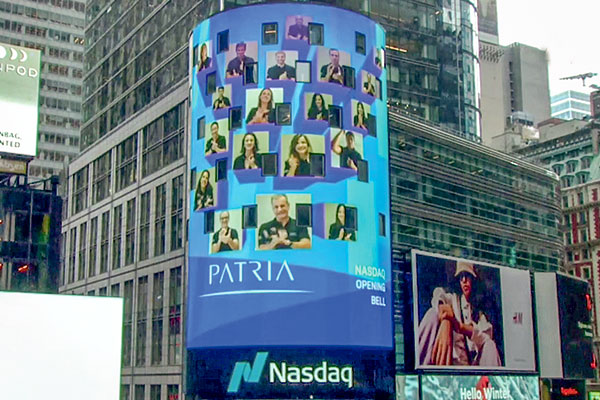Fake news is better received as video than in audio or plain text form, according to a recent study by the Pennsylvania State University. In the case of videos, users are much more likely to believe that the story is real, and are also more inclined to pass on the false information. “When you see something, you are more likely to believe it because it seems so obviously real,” said the first author of the study, S. Shyam Sundar, professor of media effects. That is precisely what makes fake news videos potentially particularly dangerous.
Seeing instead of thinking
In an experiment, around 58 percent of participants believed that a fake news video in an instant messaging app was real. With the same story as an audio file, only 48 percent were so trusting and with a text article only 33 percent. The reason for this is actually banal: “With a text you have to use your own imagination to put yourself in the situation or scene described in words,” says Sundar. In the case of a video, on the other hand, people would tend to simply believe their eyes due to an information overload – without thinking about the fact that they might just be served a story of lies.
The study also found that people were more willing to share videos. 78 percent said in an experiment that they would do that. In the case of an audio file and a text, the proportion was only slightly less or slightly more than two thirds. Videos therefore also go viral, as it is said. However, the researchers found that it makes a difference who gets to see fake news. In particular, people who are really deeply involved in a topic, unlike others, are more likely to be fooled by text and audio fakes than by videos.
Deep-Fake-Bedrohung
It is said that the barons of lies behind various false information can more and more easily take advantage of people’s relatively high belief in video. “New technologies make it easy to manipulate videos to create deep fakes,” says Sundar. If users simply believe their eyes, it could be extremely dangerous. The media scholar points out that fake videos on social media have already led to rioting and lynching in India.
For the study, the researchers showed their fake news to users in the form of WhatsApp messages, which the test subjects did not get on their own devices. For the scientists, the risk was too great that the stories would then be spread. That would be particularly dangerous on WhatsApp. Because only intended recipients would see a message there, and third parties could not counter any false information. The researchers therefore recommend that WhatsApp users should force a pause for reflection before they can forward videos. (pd / tim)
–


